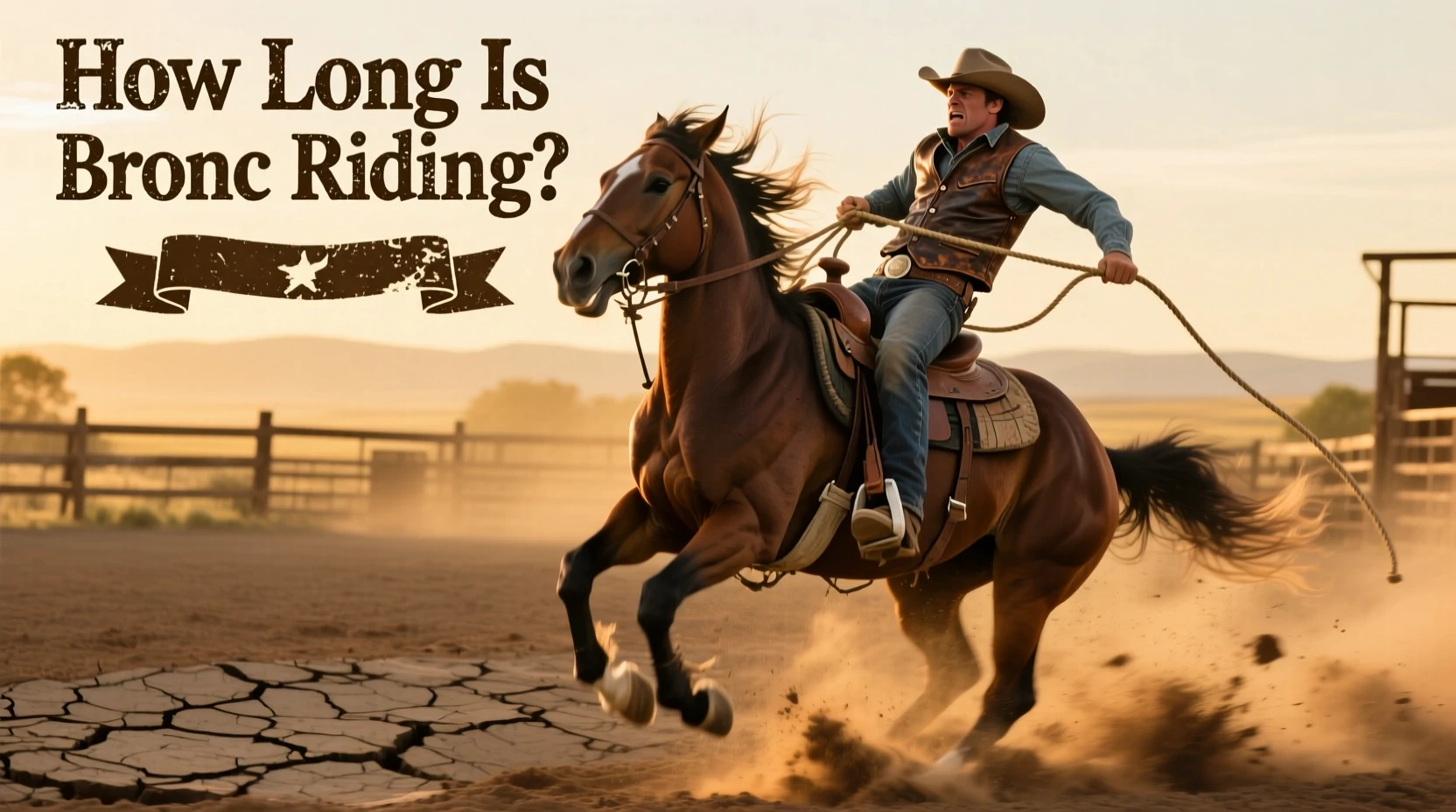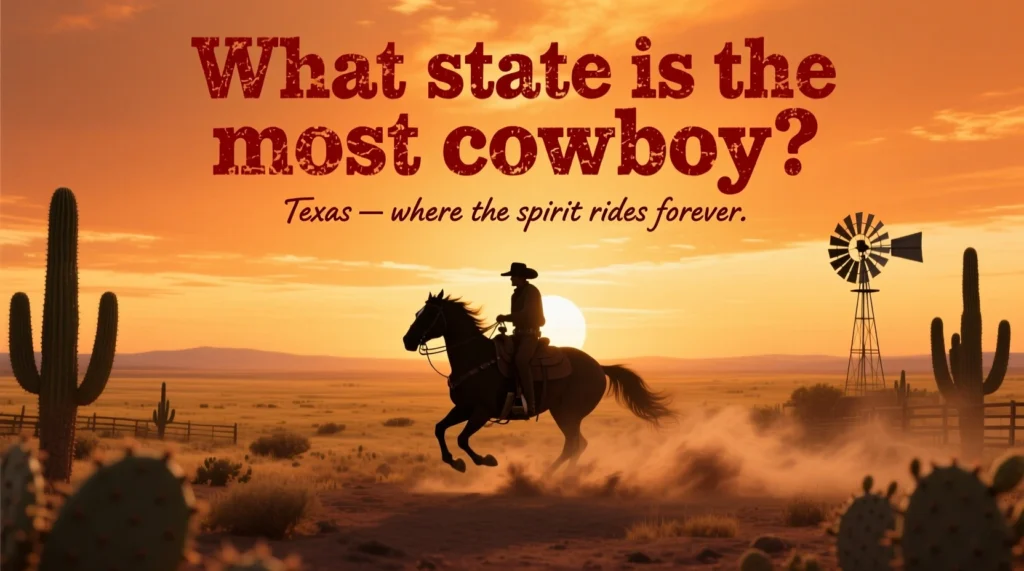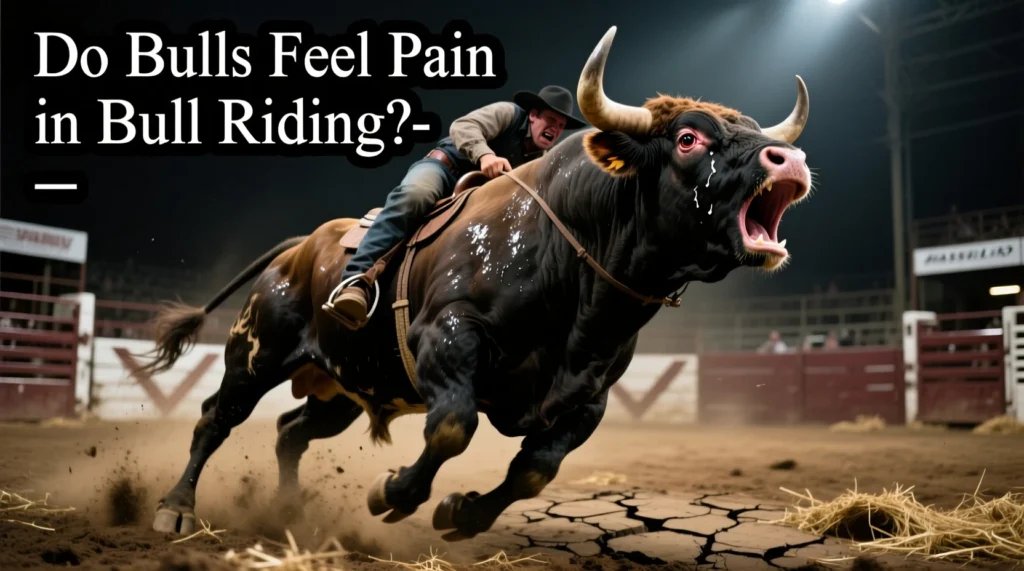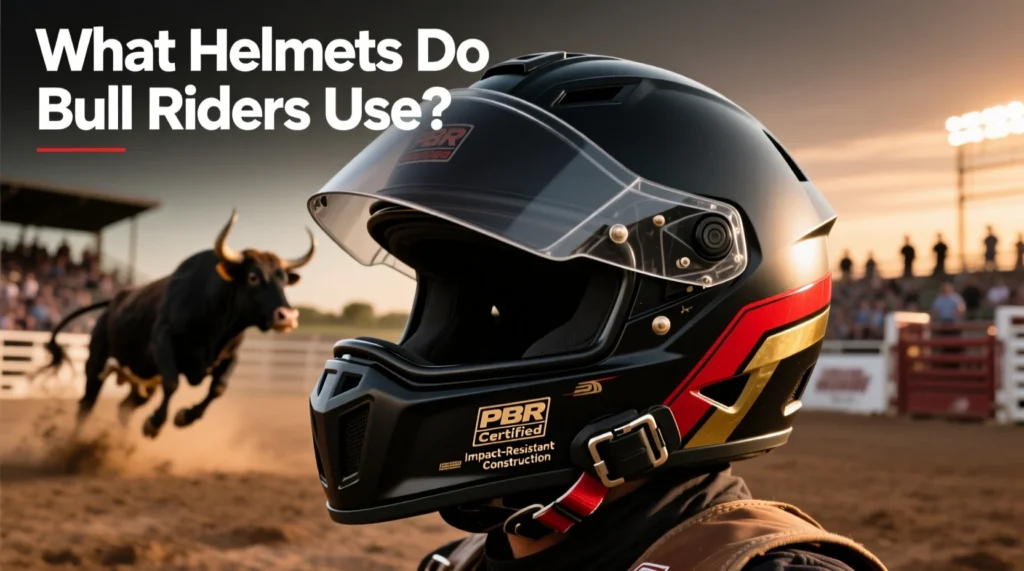How Long is Bronc Riding? Learn the rules, scoring, and skills required for this classic rodeo event, and discover what separates the champions from the rest.
Table of Contents
For newcomers to the thrilling world of rodeo, one question often rises above the dust: How long is a bronc ride? The answer is deceptively simple: eight seconds. However, this short period is not just a random measurement of time; It is a deep-rooted standard that separates the qualified riders from the unqualified, serving as the ultimate test of a shepherd’s skill, strength and mental toughness. This article goes beyond the basic stopwatch to explore the critical rules, complex scoring systems, and champion techniques that define these eight most intense seconds in all of sports.
The 8-Second Rule: More Than Just Holding On
The eight-second rule is the primary gatekeeper for roughstock events, including bareback and saddle bronc riding. This specific duration was established because it is believed to be the time required to fully express the rider’s ability and the raw, unpredictable power of the horse in sync with it.
Simply surviving eight seconds is not enough to win. The rider must do so by following strict form requirements, all in the eyes of the judges. A mistake, such as touching the animal or yourself with your free hand, or losing a stirrup in saddle bronc riding, results in an immediate disqualification, regardless of how long it lasts. This eight-second window is the turning point where a Cowboy proves his legitimacy and earns the right to score.
The “Mark Out” Rule: Your Ride Starts Before the First Buck
Many fans are surprised to learn that a ride can be disqualified before the horse has completed its first jump. This is due to the important “mark out” rule, which applies to both bareback and saddle bronc riding.
As the horse breaks from the lunge, the rider must place their heels over the horse’s shoulders and maintain this position until the horse’s front feet first hit the ground. Doing this successfully is known as “marking the horse out.” Failure results in an automatic “no score,” even if the rider stays on for the full eight seconds. This rule emphasizes that control and correct form are required from the start of the ride, not just during the intervening seconds.
Inside the Judging Chamber: How Bronc Riding is Scored
Once a cowboy successfully covers eight seconds and marks his horse, his performance is assessed on a 100-point scale. This score is a partnership between rider and animal, divided equally:
- 50 points for cowboy: Judges award points based on the rider’s control, balance, and technical skill.
- 50 points for horse: The animal is judged on its strength, agility, and difficulty, which directly contribute to the challenge of the ride.
Two judges evaluate each performance, and their scores are combined for a final total. Rides in the 80s are considered very good, while scores in the 90s are exceptional and rare. The following breakdown illustrates the key scoring criteria:
- Spring Action: In both bareback and saddle bronc, riders are expected to spur in rhythm with the horse’s voice. A consistent, synchronized spring is crucial for a high score.
- Control and Form: Judges look for a centered, balanced body position. The toes should be pointed out, and the rider’s free hand should remain clear of the animal and his own body.
- Animal Performance: The horse scores higher for fully extending its hind legs, dropping suddenly, and kicking high with a change in direction. A horse that works with great power and stays close to the peaks usually gets a higher score.
Case Study: How Long Is Bronc Riding? The 8-Second Mastery of Zeke Thurston
Professional Rodeo Cowboys Association (PRCA) statistics show what elite performance looks like in the eight-second window. Reigning World Champion Zeke Thurston provides a perfect case study in consistent excellence.
During a recent season, Thurston showed unprecedented dominance by achieving a 100% riding percentage, meaning he successfully covered each bronc for a full eight seconds. But he didn’t just stay put. He excelled. His average score was an astonishing 85.93 points, one of the highest averages recorded since the PRCA began tracking this data. In addition, he posted 39 rides of 85 points or more.
Thurston’s stats indicate an important insight for aspiring cowboys: The goal isn’t just to last eight seconds, but to maximize every moment of that time with perfect technique and control to score the winning score.
Bareback vs. Saddle Bronc: A Tale of Two Disciplines
While both are bronc riding events with the same time limit of eight seconds, bareback and saddle bronc riding are separate disciplines with unique equipment and techniques.
| Feature | Bareback Riding | Saddle Bronc Riding |
|---|---|---|
| Equipment | Uses a rigging with a “suitcase-style” handle. | Uses a specialized saddle with free-swinging stirrups and a bronc rein. |
| Technique | The rider leans back and is encouraged with an up and down movement from the shoulder point. | Rider leans back, spurring in a forward-to-backward sweeping motion, holding onto a braided rein. |
| Key Challenge | Directly absorbing the horse’s power through saddleless rigging for stability. | Maintaining rhythm and balance using the reins and stirrups in a more fluid movement. |
The longest Eight Seconds in sports
The question “How long is a bronc ride?” opens the door to a deeper understanding of rodeo’s classic event. The eight-second rule is the foundation, but true mastery involves perfectly executing the “mark out,” maintaining impeccable form, and coordinating with a powerful animal to produce a high-scoring performance. As the stats of champions like Zeke Thurston show, it’s a tough, fast-paced test of athleticism where a few seconds can define a career. The next time you watch a bronc rider, you’ll appreciate that you’re witnessing the longest, and most demanding, eight seconds in sports.








